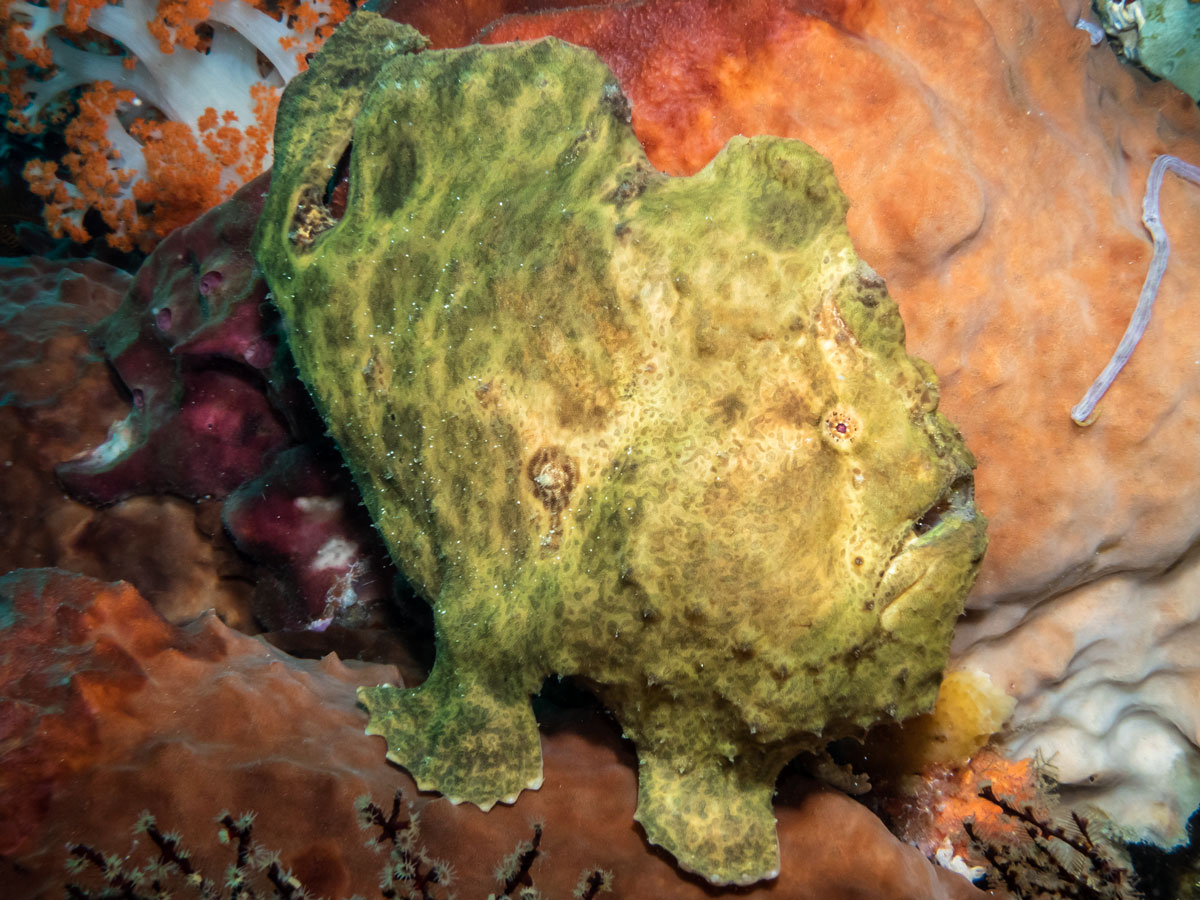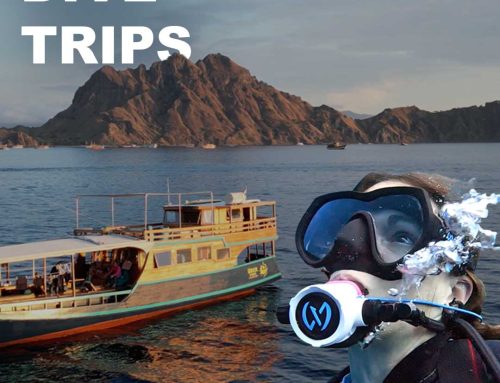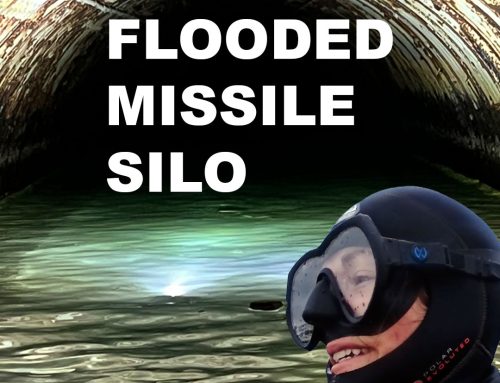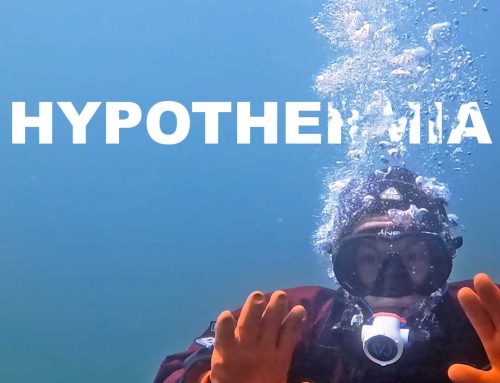Surely some of you consider frogfish as the ugliest fish you could see in your underwater adventures. However, all the fish belonging to this group have something special that makes divers interested in them. In fact, its name is given by its pectoral fins (which they use to “walk”), and their small pelvic fins that look like legs (similar to those of frogs).
Standard frogfish family characteristics
Frogfish belong to the Antennariidae family and we can find them in all oceans, tropical or subtropical seas except for the Mediterranean Sea.
They are small, short but bulky, and are often covered with spines and other appendages that help them blend in with the environment. For example, frogfish can be covered with patches of colors, warts, stripes, lines or long skin appendages or anything that matches the sponges/coral that are around them. Many species can even change color, or be covered by other organisms such as algae or hydrozoans to get the job done. This means they are extremely difficult to find in their natural habitats which is one reason why scuba divers go crazy for them. Their camouflage also helps them hide from predators and in turn to hide themselves in order to hunt their prey.
Frogfish are benthic inhabitants of shallow water (which means they live at the bottom in that shallow water). They live near the reef on debris and sandy areas covered with algae or remain hidden between corals and cracks. An exception is the pelagic frogfish of sargassum (Histrio histrio) that lives among the floating sargassum grass.
Unlike other bony fish, which have gills covered by plaques, frogfish typically have small elongated gill openings in the shape of a tube behind their pectoral fins. There are a couple of exceptions though! In two species the gills are actually found in their anal fin.
Most frogfish don’t have a swim bladder, so they don’t swim much. They use jet propulsion to move small distances. How do they do it? Water is sucked in the mouth and then expelled through the gill openings.
Get to know the morphology of the standard frogfish
Frogfish are bony fish. The largest individuals measure about 50 cm in standard length, but most species of frogfish are quite small, only about 5 to 10 cm. They are robust globose fish covered with small bifurcated dermal spines instead of scales.
Frogfish are voracious carnivores and feed primarily on fish and crustaceans (shrimp and crabs). The head is typically large compared with the rest of the body and have a large mouth which is stuck in a chronic frown. Frogfish can open their mouths very quickly and suck their prey in without chewing.
The first dorsal column, an elongated stem-shaped structure, is placed at the tip of the snout directly above the mouth. This acts as a mobile fishing rod or a lure device (illicium) with a fleshy lure tip or bait (esca). The bait is actually a flexible piece of tissue. Baits vary from one species to another, but they always resemble food. The shape of the lure and the length of the rod are two of the main distinguishing features that help even a layman to correctly identify a species of frogfish.
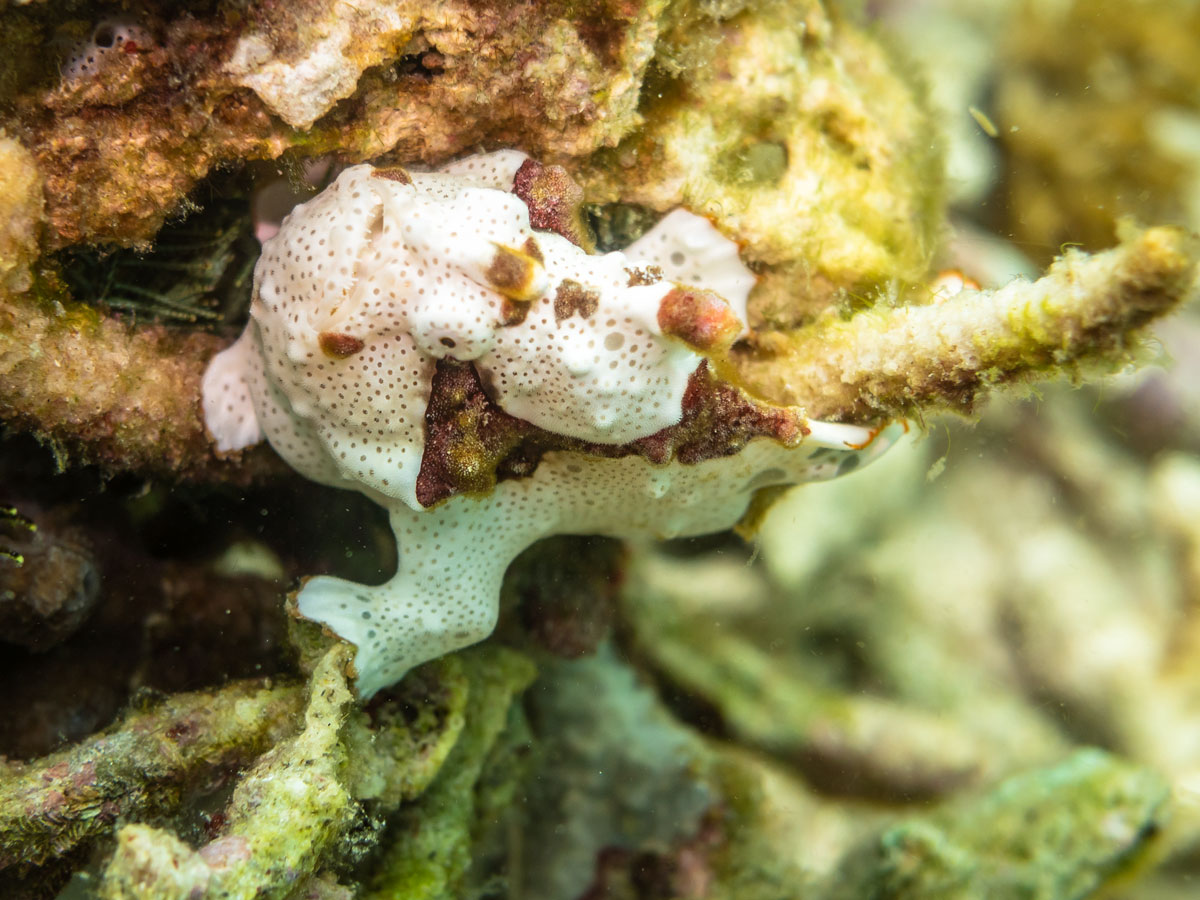
The most distinguishing aspect for identifying frogfish: lure features
The lure or bait come in different forms: small and round like a ball, shaped like a small fish with a spot in the eye and appendages that resemble fins, long and shaped like a thick worm, filaments of different lengths that look like a shrimp or a bushy tubular worm or just an indescribable, but tempting bite. Some species of frogfish have no bait, and others have an extremely small decoy rod.
Habitats: Do you want to see a frogfish? Know where they live!
To find a frogfish you have to know where to go to look for it.
Contrary to popular belief, there are actually more species that live near the reefs or in the sand than in the coral reef.
- Exposed sponges, outer reefs: The giant frogfish (A. commerson) lives on the slopes and on the barrel sponges. It perches openly on the sponge. This species also likes to perch on anchor ropes.
- Among corals: Many smaller species of A. nummifer, the freckled frog fish (A. coccineus) and the tuberculous frogfish (A. tuberosus) are hidden in the crevices and beneath the corals. They often leave their hiding place at night and go hunting.
- Sandy reefs with seaweed: The striped frogfish (A. striatus) enjoys these kinds of environments. The frogfish (A. hispidus) can be found in these habitats where the water is more cloudy. They hide among the seaweed.
- Sandy areas with coral blocks and sponges: The painted frogfish (A. pictus) is often found on or next to orange, yellow or red sponges. The warty frogfish (A. maculatus) hides among groups of algae, sponges and soft corals or perches on sponge-covered hydroids.
- Debris in the cracks under stones: Some small species such as Histiophryne or Tathicarpus are extremely cryptic and can only be found when you turn pieces of debris and look underneath.
- Shallow water: Some species are never found in deeper waters, but only in the upper two or four meters. For example, the Randall frogfish (A. randalli), the New Guinea frog fish (A. dorehensis) and most Histiophryne species are always found near the surface.
- Brackish water, freshwater: Only the brackish water frogfish (A. biocellatus) lives in estuarine areas where rivers meet the sea.
- Sargassum floating grass: The frog sargasso fish (Histrio histrio) from small (5 mm) to large (15 cm) makes its home among this floating sea grass.
- Among the garbage, under the docks: garbage can be a good hiding place in the empty sand. Garbage, such as large cans or old tires, is often inhabited by frogfish. (This is a good reason why you should always check that no one is living in the trash that you pick up during your dive against debris!)
See your first frogfish in Komodo!
If you have never seen a frogfish, consider planning your next vacation to Indonesia. Several frogfish species live within the Komodo National Park. Although it’s never guaranteed to see them, it’s great fun to head out to find them!
Buen Azul!
Sergio Palazuelos
MSDT #345513
Azul Unlimited
We teach responsible scuba divers and ocean protectors. The brand is run by PADI IDC Staff Instructor Sarah Valdez who teaches scuba diving in person and on YouTube. Now she travels around the states and Mexico in her van scuba diving in new and different places. Follow her adventures on YouTube, Instagram, Facebook, and TikTok or join the Azul scuba community on Patreon.
Azul Unlimited is partnered with Azul Komodo, a top PADI IDC Center in Labuan Bajo, Indonesia offering daily dive trips to the Komodo National Park. Contact their team directly for an unforgettable experience diving in one of the top dive destinations in the world!
Scuba adventures on YouTube!
Subscribe for silly, educational scuba diving videos–totally free and designed to help all of our students wherever they are in the world. Ask your questions in the comments below each video to get direct answers from the Azul team.






